I recently downloaded Xcode 5 DP to test my apps in iOS 7. The first thing I noticed and confirmed is that my view's bounds is not always resized to account for the status bar and navigation bar.
In viewDidLayoutSubviews, I print the view's bounds:
{{0, 0}, {320, 568}}
This results in my content appearing below the navigation bar and status bar.
I know I could account for the height myself by getting the main screen's height, subtracting the status bar's height and navigation bar's height, but that seems like unnecessary extra work.
How can I fix this issue?
Update:
I've found a solution for this specific problem. Set the navigation bar's translucent property to NO:
self.navigationController.navigationBar.translucent = NO;
This will fix the view from being framed underneath the navigation bar and status bar.
However, I have not found a fix for the case when you want the navigation bar to be translucent. For instance, viewing a photo full screen, I wish to have the navigation bar translucent, and the view to be framed underneath it. That works, but when I toggle showing/hiding the navigation bar, I've experienced even stranger results. The first subview (a UIScrollView) gets its bounds y origin changed every time.

